Home>Garden Essentials>What Is Rectilinear In Hawaiian Landscape Design
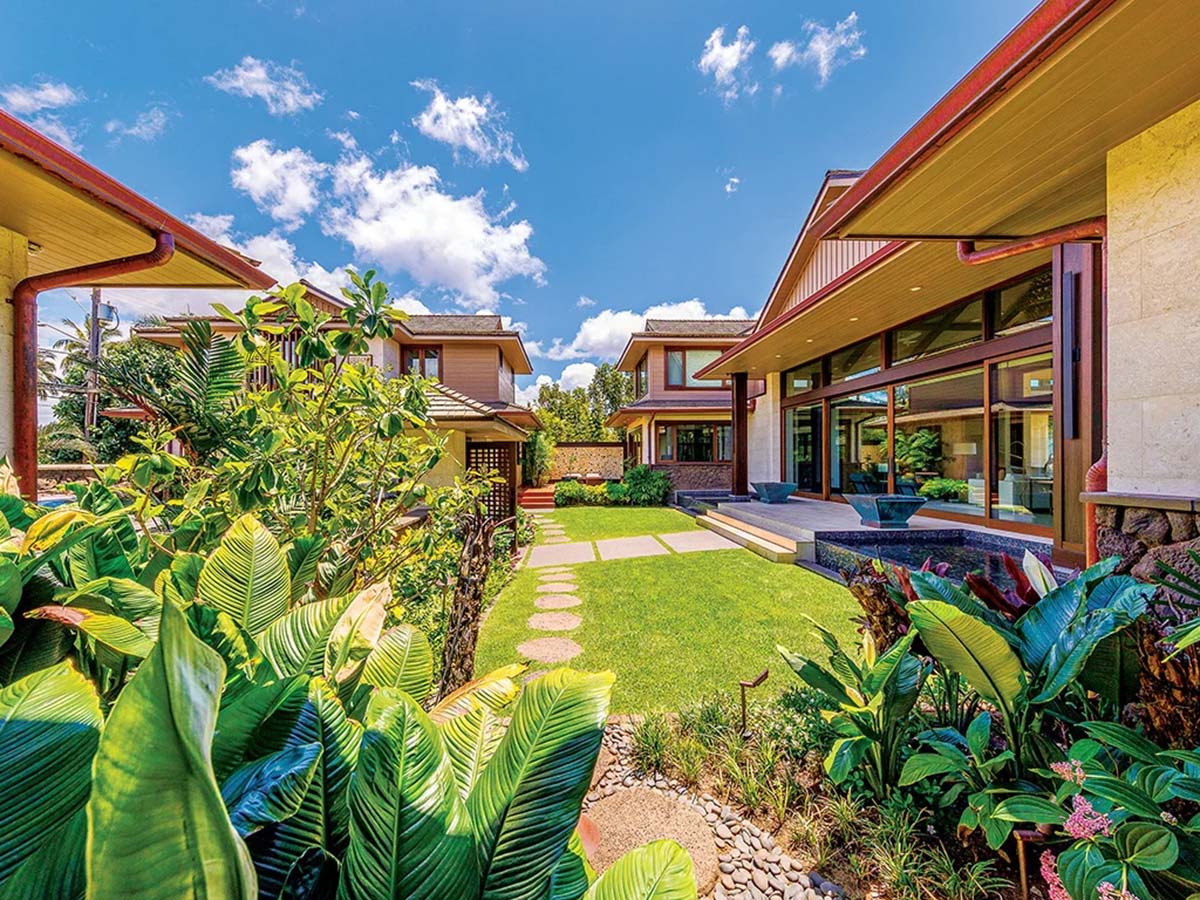

Garden Essentials
What Is Rectilinear In Hawaiian Landscape Design
Modified: October 19, 2024
Discover the beauty of rectilinear design in Hawaiian landscape gardens. Learn how this versatile technique can transform your garden into a peaceful oasis.
(Many of the links in this article redirect to a specific reviewed product. Your purchase of these products through affiliate links helps to generate commission for Storables.com, at no extra cost. Learn more)
Introduction
When picturing a tropical paradise, one might envision swaying palm trees, colorful flowers, and lush greenery. The beauty of Hawaiian landscapes is renowned worldwide, with their unique blend of natural elements and cultural influences. Hawaiian landscape design is a harmonious combination of traditional practices and modern approaches, with a focus on creating serene and visually appealing outdoor spaces.
In the realm of Hawaiian landscape design, one approach that has gained prominence is rectilinear design. This design style emphasizes clean lines, geometric shapes, and structured layouts, adding a sense of order and balance to the outdoor space. In this article, we will delve into the history, principles, benefits, and challenges of rectilinear design in Hawaiian landscaping.
Key Takeaways:
- Rectilinear design brings order and balance to Hawaiian landscapes through clean lines, geometric shapes, and cultural integration, creating visually appealing and functional outdoor spaces that reflect the islands’ unique beauty.
- While rectilinear design enhances Hawaiian landscapes, challenges such as varied topography, native plant preservation, and cultural sensitivity must be considered for successful implementation, ensuring sustainability and respect for the environment and culture.
History of Hawaiian Landscape Design
The roots of Hawaiian landscape design can be traced back to ancient times, where the native Hawaiians shaped and cultivated the land to meet their practical and spiritual needs. Traditional Hawaiian gardens, known as “lo’i kalo,” were primarily focused on growing taro, a staple food in Hawaiian culture. These gardens incorporated terraces, waterways, and irrigation systems to enable the cultivation of taro in the fertile valleys.
With the arrival of Western influence in the 18th century, Hawaiian landscape design began to evolve. The introduction of new plant species, architectural styles, and design principles from Europe and the Americas brought a fresh perspective to the traditional Hawaiian gardens. These influences melded with the indigenous practices, giving rise to a unique blend of cultural and botanical elements.
During the reign of King Kalakaua in the late 19th century, there was a revival of Hawaiian culture and a renewed interest in showcasing the natural beauty of the islands. The Royal Hawaiian Hotel, designed by architect Charles William Dickey, became an iconic representation of the fusion between Hawaiian and Western design styles. This marked the beginning of a new era in Hawaiian landscape design, blending traditional elements with modern influences.
In recent decades, there has been a growing appreciation for sustainable and environmentally friendly practices in Hawaiian landscaping. This has led to a resurgence of interest in incorporating native plants, water conservation techniques, and ecological principles into landscape designs. Today, Hawaiian landscape design continues to evolve as designers and homeowners strive to create outdoor spaces that not only reflect the beauty of the islands but also harmonize with the natural environment.
Principles of Rectilinear Design in Hawaiian Landscaping
Rectilinear design is characterized by its clean lines, geometric shapes, and structured layout, creating a sense of order and balance in the landscape. In Hawaiian landscaping, this design approach embraces the principles of simplicity, functionality, and cultural integration to create harmonious outdoor spaces. Here are some key principles of rectilinear design in Hawaiian landscaping:
- Structural Layout: Rectilinear design relies on a well-defined layout with straight lines and right angles. This creates a sense of order and organization in the landscape. Paths, walkways, and plant beds are often arranged in a grid-like pattern to create a visually appealing and intentional design.
- Balance and Symmetry: Rectilinear design seeks to achieve a sense of balance and symmetry in the landscape. By evenly distributing trees, shrubs, and other landscape elements, this design approach creates a visually pleasing and harmonious composition. Symmetry can be achieved through the repetition of shapes, colors, and textures.
- Native Plants and Materials: Incorporating native plants and materials is an essential aspect of rectilinear design in Hawaiian landscaping. Using plants that are indigenous to the Hawaiian Islands not only enhances the authenticity of the design but also promotes ecological sustainability. Additionally, incorporating traditional Hawaiian materials such as lava rock, coral, and wood adds a cultural element to the landscape.
- Functional Spaces: Rectilinear design emphasizes the creation of functional outdoor spaces that can be utilized for various activities. Patios, seating areas, and outdoor kitchens are often integrated into the design to provide areas for relaxation and socialization. These spaces are strategically placed within the rectilinear layout to maximize usability and flow.
- Water Features: Water is an integral part of Hawaiian culture and is often incorporated into rectilinear design. Ponds, streams, and waterfalls can be introduced to add tranquility and a soothing ambiance to the landscape. These water features are typically designed with clean lines and geometric shapes to align with the rectilinear design aesthetic.
- Cultural Significance: Rectilinear design in Hawaiian landscaping often pays homage to the rich cultural heritage of the Hawaiian Islands. Incorporating cultural symbols, artwork, or traditional architectural elements can add depth and meaning to the landscape design. This serves as a reminder of the interconnectedness between nature and culture.
By adhering to these principles, rectilinear design in Hawaiian landscaping creates visually appealing and culturally significant outdoor spaces that harmonize with the surrounding environment. It allows for a balance between modern aesthetics and traditional Hawaiian design principles, showcasing the unique beauty of the islands.
Benefits of Rectilinear Design in Hawaiian Landscapes
Rectilinear design offers a multitude of benefits when applied to Hawaiian landscapes. This design approach not only enhances the aesthetic appeal of outdoor spaces but also provides practical advantages. Here are some key benefits of rectilinear design in Hawaiian landscaping:
- Visual Appeal: Rectilinear design creates a visually striking landscape that is pleasing to the eye. The clean lines, geometric shapes, and organized layout contribute to a sense of order and balance. The symmetrical arrangements and structured design elements create a sense of harmony that can be enjoyed from both close-up and afar.
- Efficient Use of space: Rectilinear design maximizes the use of outdoor space by carefully planning and organizing the layout. The structured grid-like pattern allows for efficient utilization of every square foot, ensuring that no space is wasted. This is particularly beneficial in smaller gardens or urban landscapes where space is limited.
- Ease of Maintenance: The defined shapes and clean lines of rectilinear design make maintenance tasks easier to perform. Straight edges and defined borders make trimming, pruning, and mowing more straightforward. Additionally, the structured layout reduces the likelihood of overgrowth and simplifies weed control.
- Improved Accessibility: The well-defined pathways and walkways in rectilinear design create clear and easily navigable routes within the landscape. This improves accessibility, making it easier for people to move around, especially for those with mobility challenges or disabilities.
- Functionality: Rectilinear design allows for the creation of functional outdoor spaces that can be used for various activities. Patios, seating areas, and outdoor kitchens can be seamlessly integrated into the design, providing spaces for relaxation, entertainment, and dining. These functional spaces enhance the overall enjoyment and usability of the landscape.
- Cultural Integration: Rectilinear design offers the opportunity to incorporate cultural elements and traditions into the landscape. By using native plants, materials, and traditional design motifs, the design reflects and preserves the cultural heritage of Hawaii. This integration adds depth and meaning to the landscape, creating a connection between nature, culture, and the people.
Overall, rectilinear design brings numerous advantages to Hawaiian landscapes. From its visually appealing aesthetics to its efficient use of space and ease of maintenance, this design approach combines beauty with practicality. It allows for the creation of functional and culturally significant outdoor spaces that can be enjoyed by homeowners and visitors alike.
Rectilinear design in Hawaiian landscaping involves using straight lines and geometric shapes to create a structured and organized layout. This can be achieved through pathways, hedges, and garden beds, adding a modern touch to the natural beauty of the Hawaiian landscape.
Common Elements in Rectilinear Design in Hawaiian Landscaping
Rectilinear design in Hawaiian landscaping incorporates specific elements to create a cohesive and visually appealing outdoor space. These elements work together to emphasize clean lines, structured layouts, and a sense of order. Here are some common elements found in rectilinear design in Hawaiian landscaping:
- Straight Pathways: Straight pathways are a key component of rectilinear design. These pathways create a sense of direction and guide individuals through the landscape. They are typically made using materials such as pavers, concrete, or gravel and are lined with well-maintained edges to ensure a clean and defined look.
- Grid-like Plant Bed Layout: Rectilinear design often incorporates a grid-like pattern for plant beds. This layout involves organizing plants into rectangular or square shapes with equal spacing between them. The plants may be grouped according to their height, color, or texture to create a harmonious composition.
- Clean Edges: Clear and defined edges are vital in rectilinear design to maintain the crisp and structured appearance. Plant beds, pathways, and other design elements are carefully edged to create clean lines and prevent overgrowth. This helps to maintain the overall neatness and order of the landscape.
- Symmetrical Planting: Symmetry plays an important role in rectilinear design. Plants are often arranged symmetrically, with equal numbers, sizes, and shapes on either side of the landscape. This creates a feeling of balance and harmony while reinforcing the structured and intentional nature of the design.
- Geometric Hardscape: Rectilinear design incorporates geometric shapes in hardscape features such as patios, decks, and outdoor seating areas. These features can include straight lines, right angles, and square or rectangular shapes. The use of geometric hardscape elements adds to the overall aesthetic appeal and reinforces the clean and orderly design aesthetic.
- Linear Water Features: Water features, such as fountains or streams, can be integrated into rectilinear design in a linear manner. Straight lines and right angles are used to create a structured and visually consistent water element. These water features not only add to the overall beauty of the landscape but also provide a soothing and tranquil ambiance.
- Minimalistic Approach: Rectilinear design often embraces a minimalistic approach, focusing on essential elements and avoiding clutter. This design principle ensures that the landscape remains clean, uncluttered, and visually impactful. It allows the natural beauty of the plants and hardscape features to take center stage.
By incorporating these common elements, rectilinear design in Hawaiian landscaping achieves a cohesive and organized outdoor space. The straight pathways, grid-like plant bed layout, clean edges, and symmetrical planting contribute to the overall sense of balance and order. The geometric hardscape and linear water features add to the aesthetic appeal, creating a visually striking and harmonious landscape.
Read more: How To Design A Low-Maintenance Landscape
Examples of Rectilinear Design in Hawaiian Landscapes
Rectilinear design is a popular choice in Hawaiian landscaping, blending clean lines, geometric shapes, and structured layouts with the natural beauty of the islands. Let’s explore some examples of how rectilinear design is implemented in Hawaiian landscapes:
- Traditional Hawaiian Gardens: Traditional Hawaiian gardens, such as the “lo’i kalo,” often incorporate rectilinear design principles. These gardens feature terraced plant beds with straight lines and right angles, creating a structured layout for growing taro, a staple food in Hawaiian culture. The grid-like pattern of the plant beds and the symmetrically arranged trees and shrubs reflect the rectilinear design aesthetic.
- Homes and Estates: Many Hawaiian homes and estates embrace rectilinear design in their landscaping. The layout of the grounds often follows a grid-like pattern, with straight pathways leading to various outdoor spaces and features. Patios, decks, and seating areas are designed with clean edges and geometric shapes, blending harmoniously with the surrounding landscape.
- Resort and Hotel Gardens: Hawaiian resorts and hotels are known for their picturesque gardens and outdoor spaces. Rectilinear design is frequently employed in these landscapes to create visually stunning and well-organized areas. Straight walkways guide guests through the grounds, while rectangular-shaped pools, courtyards, and seating areas offer places for relaxation and leisure.
- Public Parks and Botanical Gardens: Rectilinear design is often seen in public parks and botanical gardens throughout Hawaii. These spaces feature structured layouts, with pathways and gardens arranged in a grid-like pattern. The use of geometric hardscape structures, such as pergolas or gazebos, adds visual interest and focal points within the landscape.
- Commercial and Business Landscapes: Rectilinear design is also prominent in commercial and business landscapes in Hawaii. Office complexes, shopping centers, and restaurants often incorporate straight pathways, symmetrical plantings, and minimalist design elements. The result is a sleek and professional outdoor space that complements the commercial setting.
- Coastal Landscapes: Rectilinear design can be applied even in coastal landscapes of Hawaii. For example, coastal homes may have rectilinear layouts to optimize ocean views and create functional outdoor spaces. Straight-lined, manicured hedges or elevated garden beds can frame the ocean view and provide a sense of order amidst the natural elements.
These examples demonstrate the versatility and adaptability of rectilinear design in Hawaiian landscapes. Whether it’s in traditional gardens, private homes, resort grounds, public parks, or commercial spaces, rectilinear design creates visually striking and well-organized outdoor environments that celebrate the natural beauty of Hawaii.
Challenges and Considerations in Implementing Rectilinear Design in Hawaiian Landscaping
While rectilinear design offers numerous benefits in Hawaiian landscaping, there are also certain challenges and considerations that should be taken into account. These factors can impact the successful implementation of rectilinear design in Hawaiian landscapes. Let’s explore some of these challenges and considerations:
- Varied Topography: The diverse topography in Hawaii, including mountains, valleys, and coastal areas, can present challenges when implementing rectilinear design. Uneven terrain may require careful planning and leveling to create a structured and balanced layout. Consideration should be given to retaining walls, grading, and drainage to ensure the stability and functionality of the landscape.
- Native Plants and Ecosystems: Hawaiian landscapes are home to a unique array of native plant species and ecosystems. When incorporating rectilinear design, it is important to consider the preservation and integration of these native plants and ecosystems. Special care should be taken to avoid the introduction of invasive species that can disrupt the natural balance of the environment.
- Climate and Weather: Hawaii’s tropical climate and diverse microclimates can influence the success of rectilinear design. Factors such as rainfall patterns, humidity levels, and exposure to wind and salt spray should be considered when selecting plants and materials. Drought-tolerant plants, appropriate irrigation systems, and windbreaks may be necessary to maintain the health and longevity of the landscape.
- Cultural Sensitivity: Hawaiian culture is deeply rooted in the islands’ landscapes, and it is important to approach rectilinear design with cultural sensitivity. Consideration should be given to incorporating cultural elements, respecting sacred sites and traditions, and consulting with local communities or experts to ensure that the design accurately reflects and honors Hawaiian culture.
- Maintenance and Sustainability: Rectilinear design can require consistent maintenance to keep the clean lines and structured layout intact. Regular trimming, pruning, and weeding may be necessary to maintain the crisp edges and symmetry. Additionally, sustainability should be a priority in design choices, considering water conservation, use of organic fertilizers, and eco-friendly practices to minimize the environmental impact.
- Budget and Resources: Implementing rectilinear design in Hawaiian landscapes may require a sufficient budget and access to resources. This includes the cost of materials, plants, professional design and installation services, and ongoing maintenance. It is essential to consider the financial resources available and prioritize design aspects that align with the budget.
By understanding and addressing these challenges and considerations, the implementation of rectilinear design in Hawaiian landscaping can be successful. Careful planning, collaboration with professionals, and a deep appreciation for the unique qualities of the Hawaiian environment and culture will contribute to the creation of stunning and sustainable outdoor spaces.
Conclusion
Rectilinear design has become a popular choice in Hawaiian landscaping due to its clean lines, structured layout, and balanced aesthetic. This design approach blends the natural beauty of the Hawaiian Islands with the principles of order, functionality, and cultural integration. By incorporating straight pathways, grid-like plant bed layouts, symmetrical arrangements, and geometric hardscape elements, rectilinear design creates visually striking and well-organized outdoor spaces.
The history of Hawaiian landscape design, influenced by traditional practices and modern influences, has paved the way for the evolution of rectilinear design. From ancient taro gardens to the introduction of Western design principles, rectilinear design in Hawaiian landscaping showcases the fusion of cultural and botanical elements.
The benefits of rectilinear design in Hawaiian landscapes are numerous. It enhances the visual appeal, maximizes space utilization, eases maintenance tasks, improves accessibility, and provides functional outdoor areas. Furthermore, through the integration of native plants, cultural elements, and sustainable practices, rectilinear design fosters a deep connection between nature, culture, and the people of Hawaii.
However, implementing rectilinear design in Hawaiian landscaping also comes with challenges and considerations. The varied topography, native plants and ecosystems, climate and weather patterns, cultural sensitivity, maintenance requirements, and budget considerations all require careful planning and execution.
In conclusion, rectilinear design offers a harmonious and structured approach to Hawaiian landscaping. Its clean lines, geometric shapes, and organized layout create visually appealing and culturally significant outdoor spaces that reflect the unique beauty of the islands. By understanding the history, principles, benefits, and challenges of rectilinear design, homeowners, designers, and landscapers can bring a touch of elegance and tranquility to Hawaiian landscapes, leaving a lasting impression on all who experience them.
If you've enjoyed our delve into Hawaiian landscape design, why not expand your horizons further? Whether you're looking to spruce up your deck or dive into eco-friendly gardening, we've got just the reads for you. Transform your deck into a haven for relaxation and social gatherings with vibrant décor and clever additions tailored for outdoor living. Or, if you're passionate about nurturing our planet, our detailed guide on sustainable landscaping will offer practical tips to make your garden both beautiful and environmentally friendly. Ready to turn your space into a model of style and sustainability?
Frequently Asked Questions about What Is Rectilinear In Hawaiian Landscape Design
Was this page helpful?
At Storables.com, we guarantee accurate and reliable information. Our content, validated by Expert Board Contributors, is crafted following stringent Editorial Policies. We're committed to providing you with well-researched, expert-backed insights for all your informational needs.



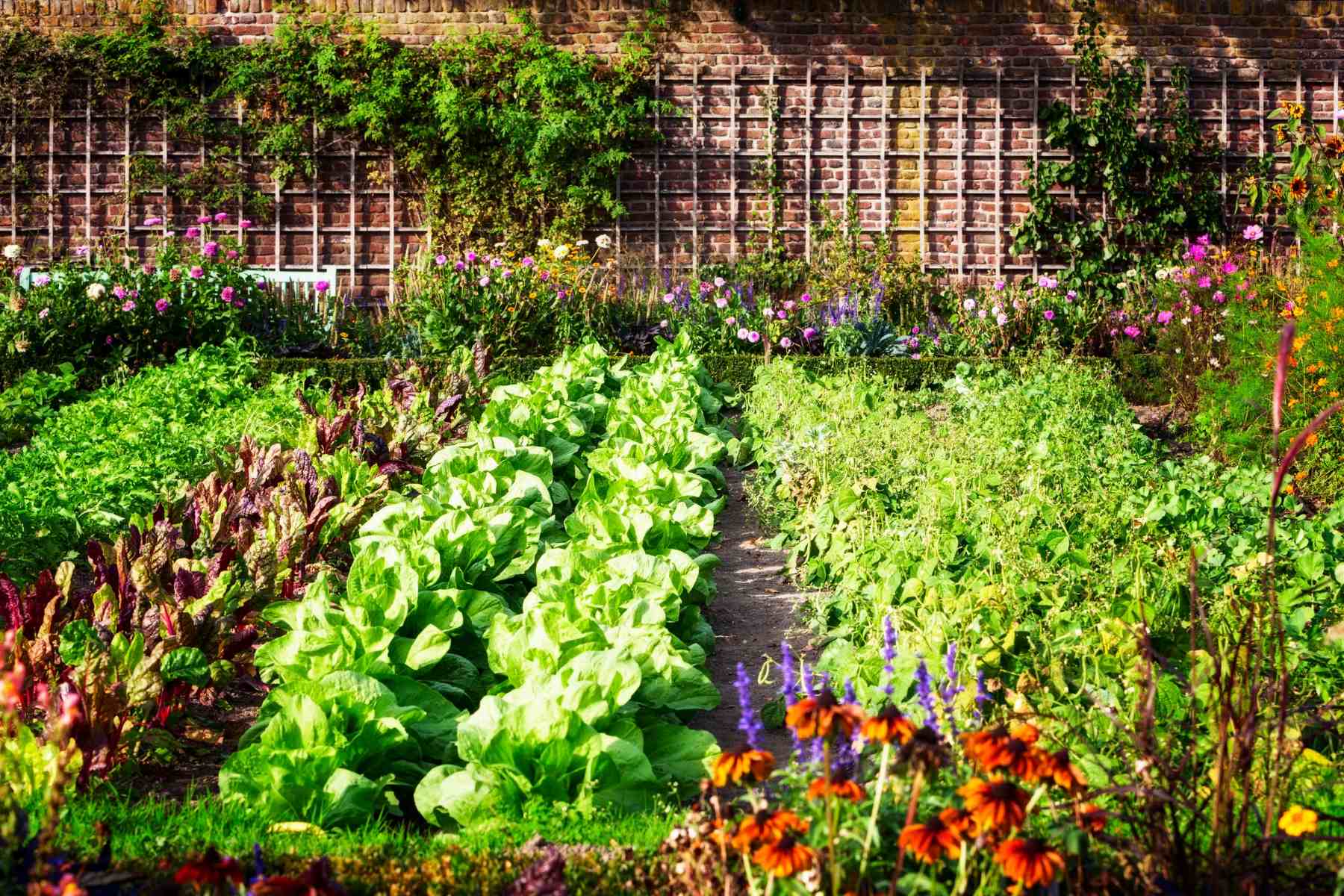
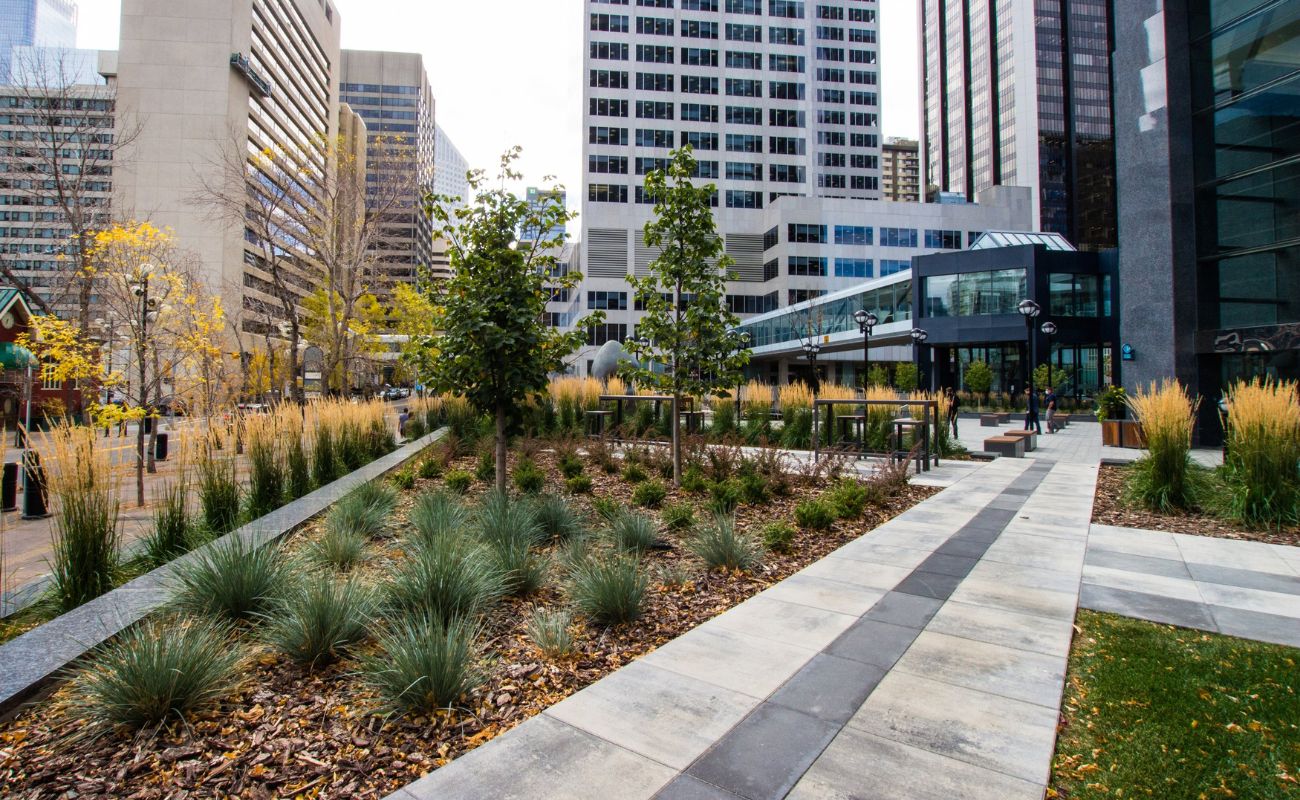
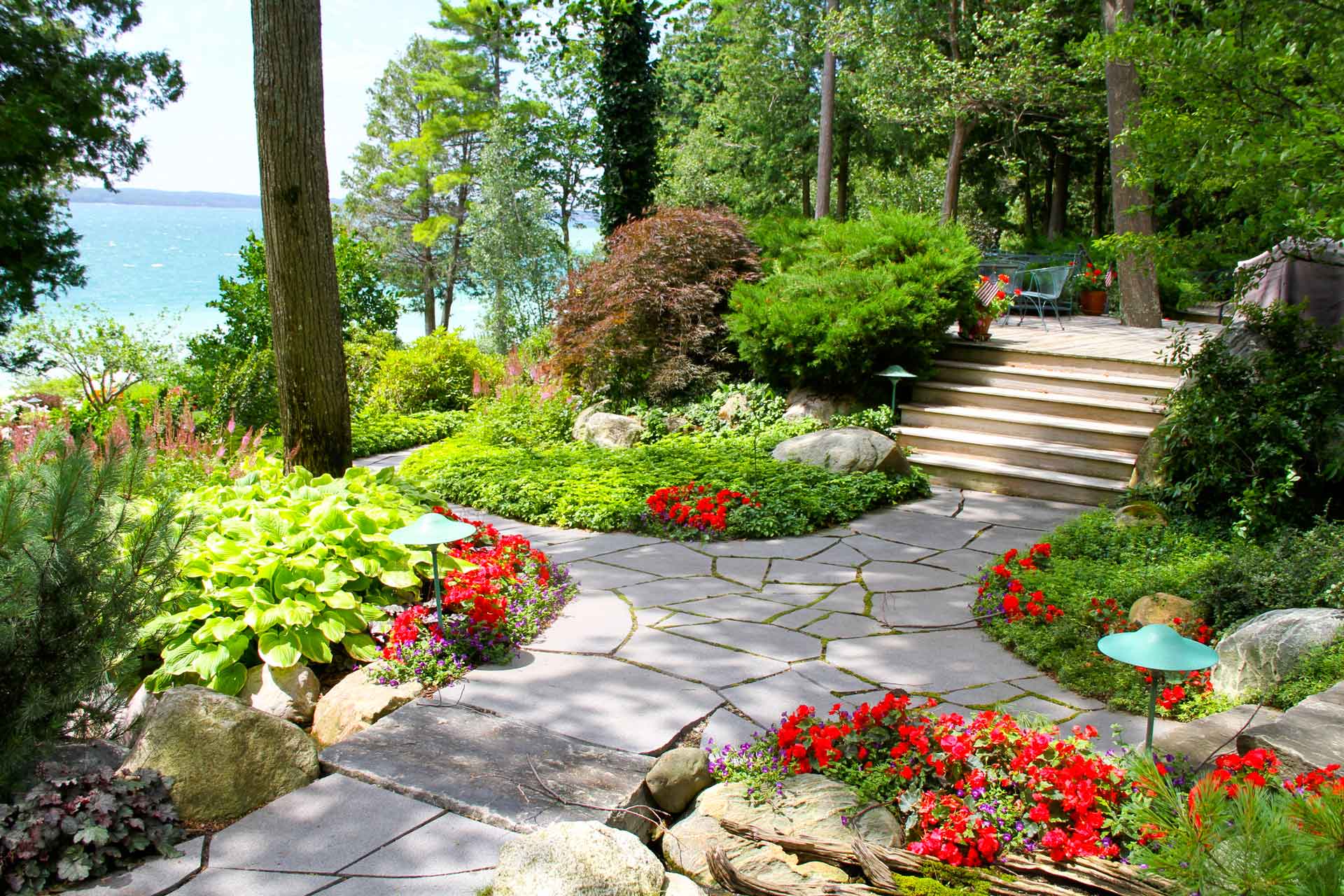

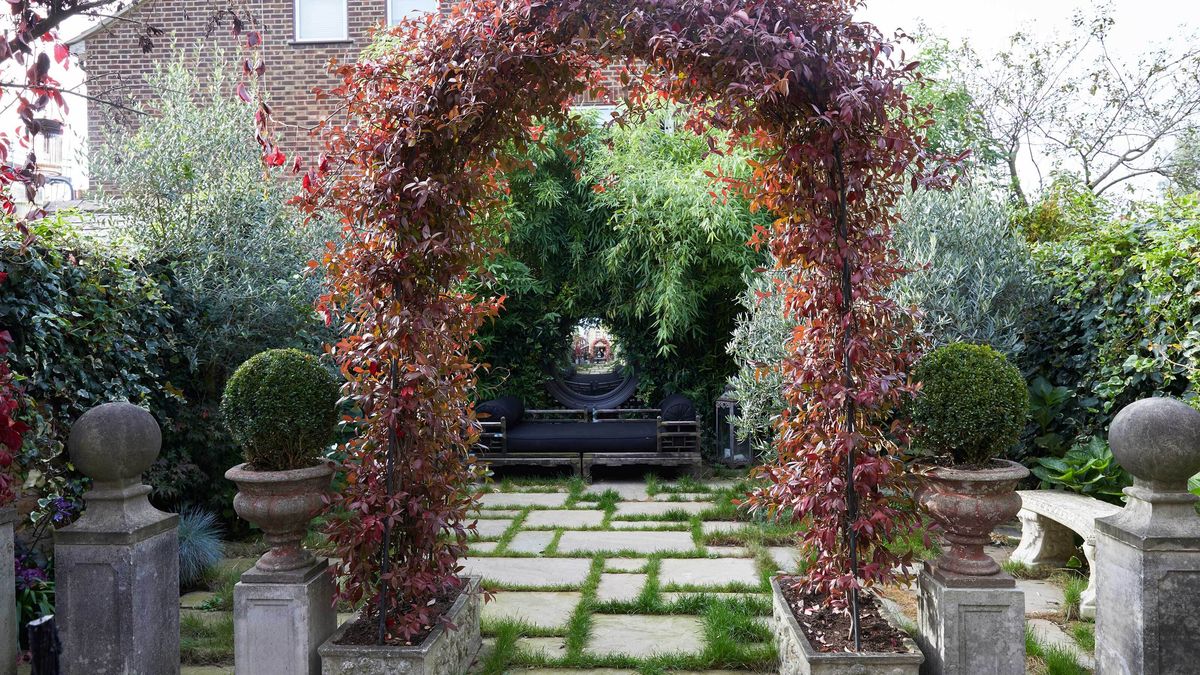

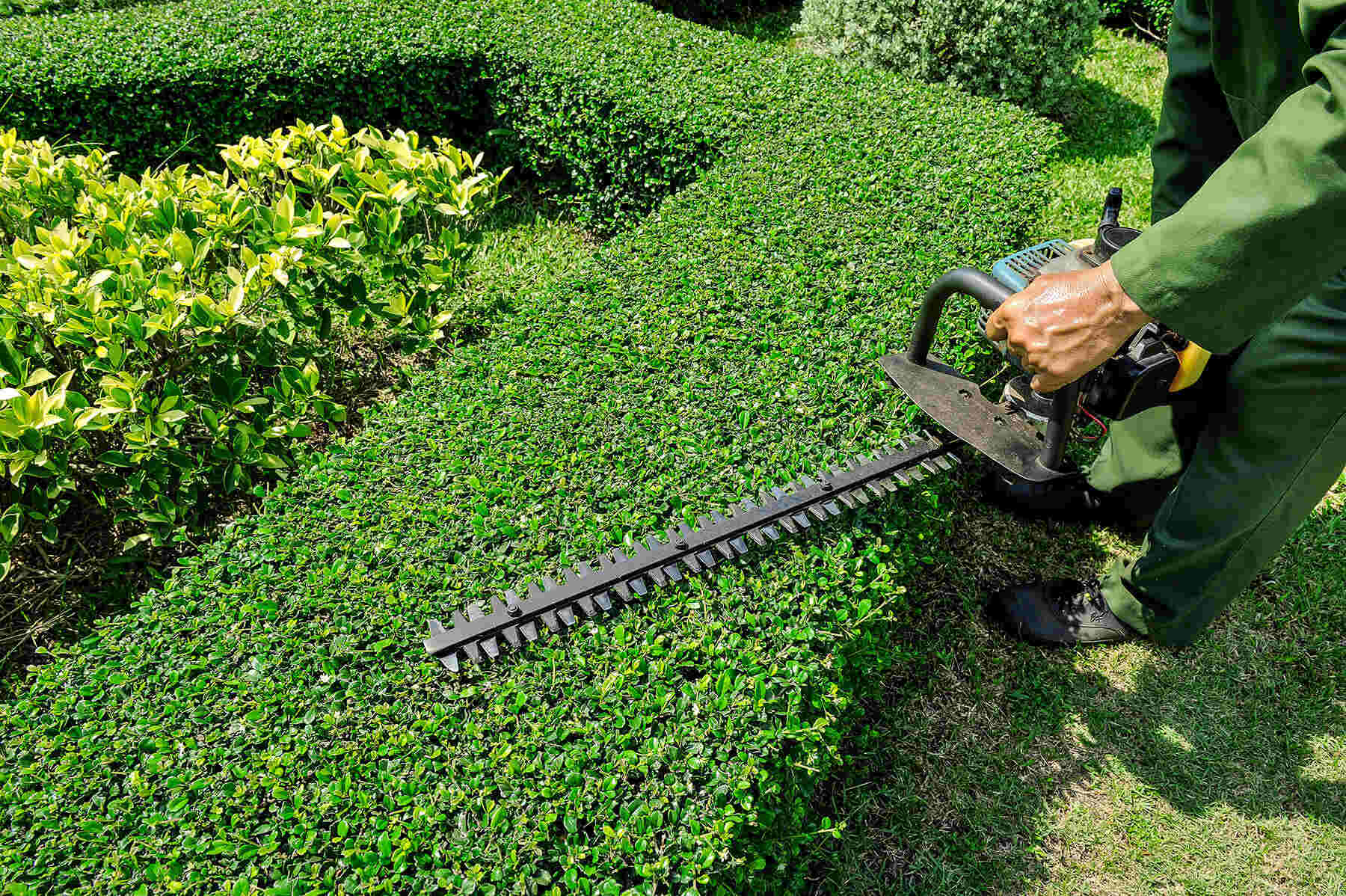
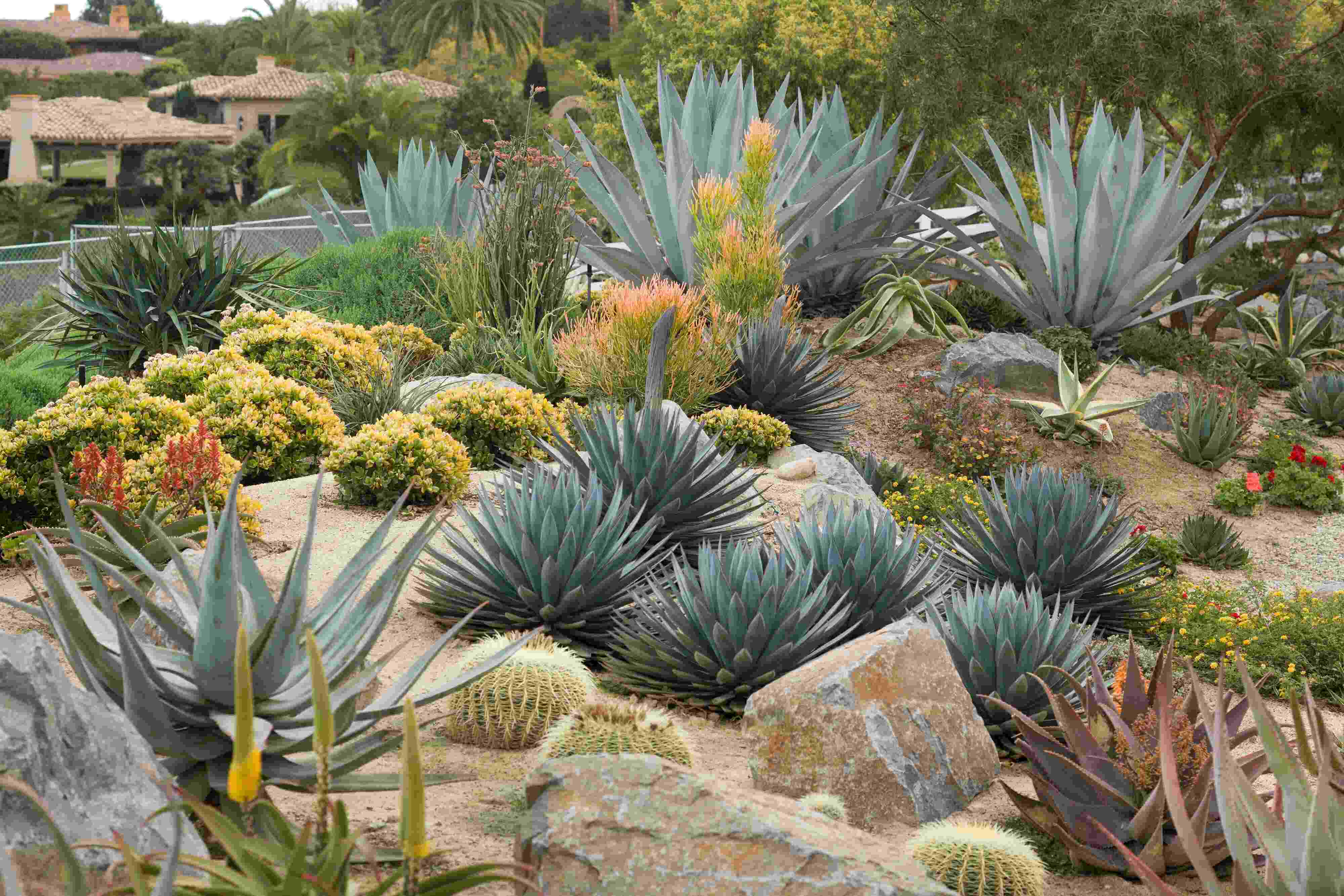
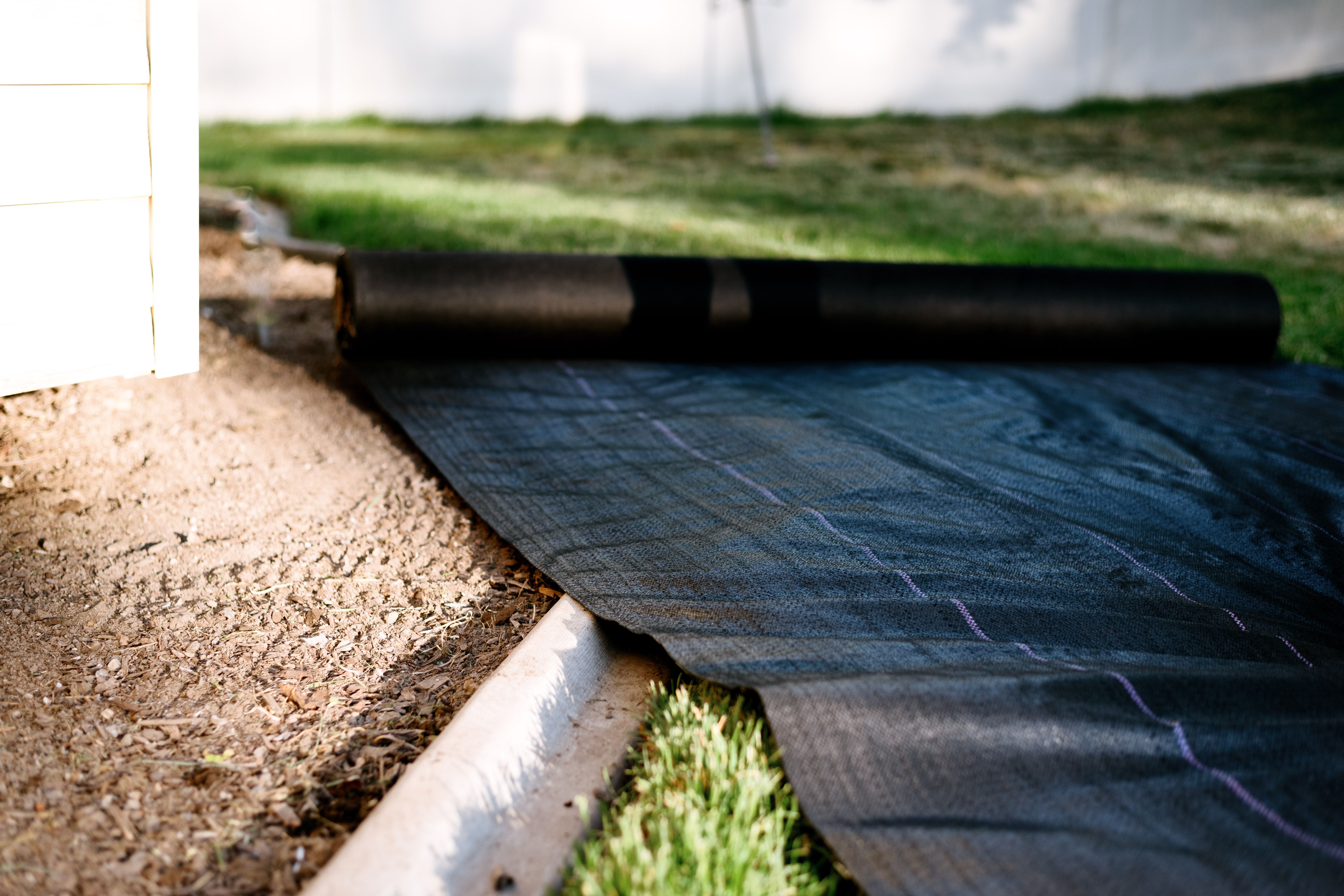

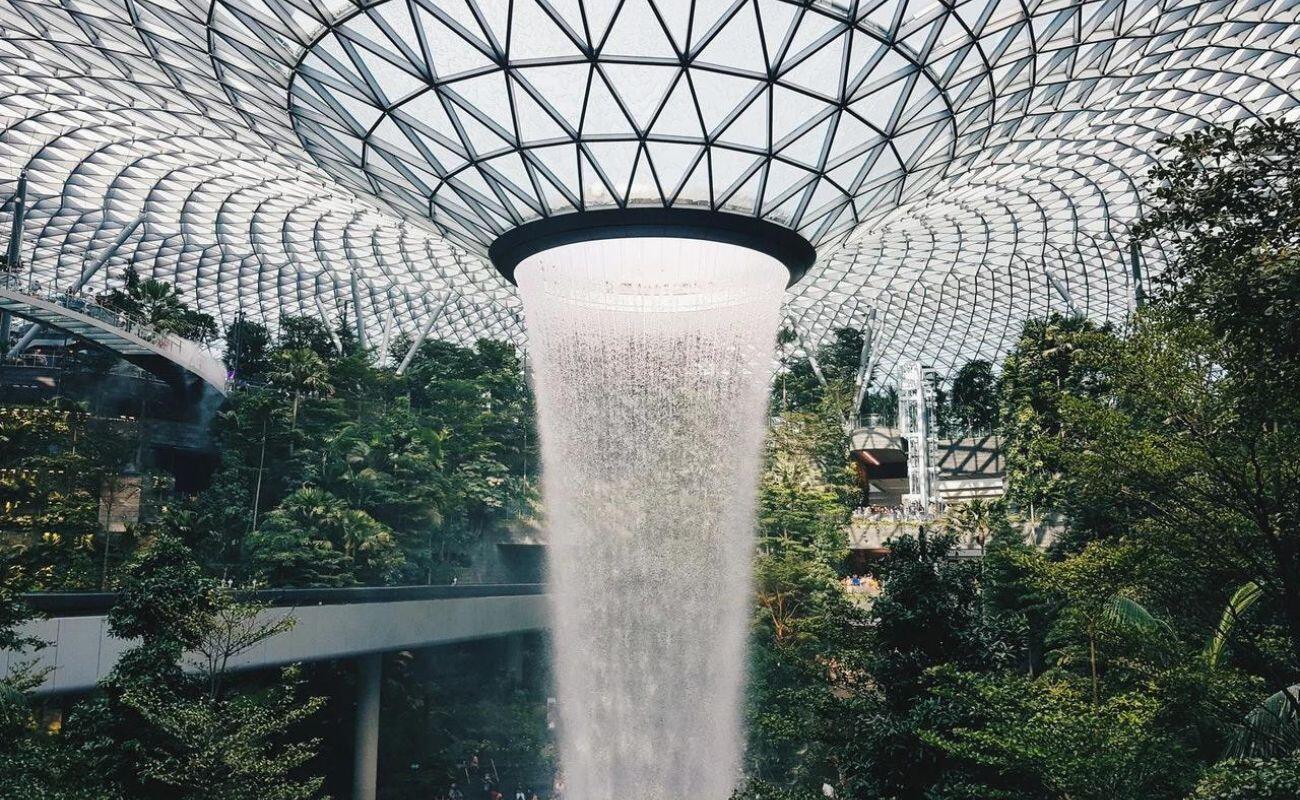

0 thoughts on “What Is Rectilinear In Hawaiian Landscape Design”